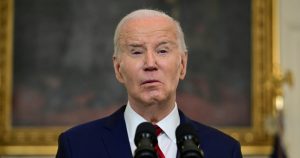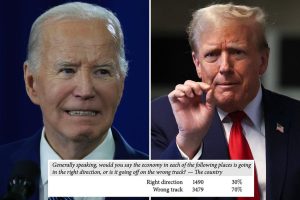The No 1 ranked show with RJ Young is a popular sports talk show that covers a wide range of trending topics in the world of sports. RJ Young, the host of the show, provides insights and analysis on various sports leagues such as MLB, UFL, NBA, NASCAR, NFL, NCAAFB, MLS, NHL, PGA, and PBA. The show has a large audience and is known for its engaging and entertaining discussions on the latest news and updates in the sports world.
MLB, also known as Major League Baseball, is a popular sports league that features professional baseball teams from the United States and Canada. The league is known for its competitive games and talented players who showcase their skills on the field. The No 1 ranked show with RJ Young covers MLB games, teams, players, and highlights, providing in-depth analysis and commentary on the latest in the baseball world.
The UFL, or United Football League, is a professional American football league that has gained popularity in recent years. The league features teams from various cities across the United States and has attracted a growing fan base. The show with RJ Young discusses the UFL games, teams, players, and news, offering insights and opinions on the exciting developments in the football league.
NBA, or the National Basketball Association, is one of the most popular sports leagues in the world, featuring professional basketball teams from the United States and Canada. The league is known for its high-flying dunks, three-point shooting, and intense rivalries among teams. The show with RJ Young covers NBA games, teams, players, and news, providing fans with analysis and commentary on the latest in the basketball world.
NASCAR is a popular motorsport racing series that features high-speed races on oval tracks and road courses. The league attracts a large following of fans who are passionate about the sport and its competitive nature. The show with RJ Young discusses NASCAR races, drivers, teams, and news, offering insights and commentary on the exciting events in the racing world.
In conclusion, The No 1 ranked show with RJ Young is a must-watch for sports fans who enjoy engaging discussions and analysis on a wide range of trending topics in the world of sports. From MLB to UFL, NBA, NASCAR, NFL, NCAAFB, MLS, NHL, PGA, and PBA, the show covers it all with in-depth analysis and commentary that keeps viewers entertained and informed. Whether you are a baseball fan, football enthusiast, basketball lover, or motorsport racing aficionado, this show has something for everyone. Tune in to The No 1 ranked show with RJ Young for the latest news and updates in the sports world.
















